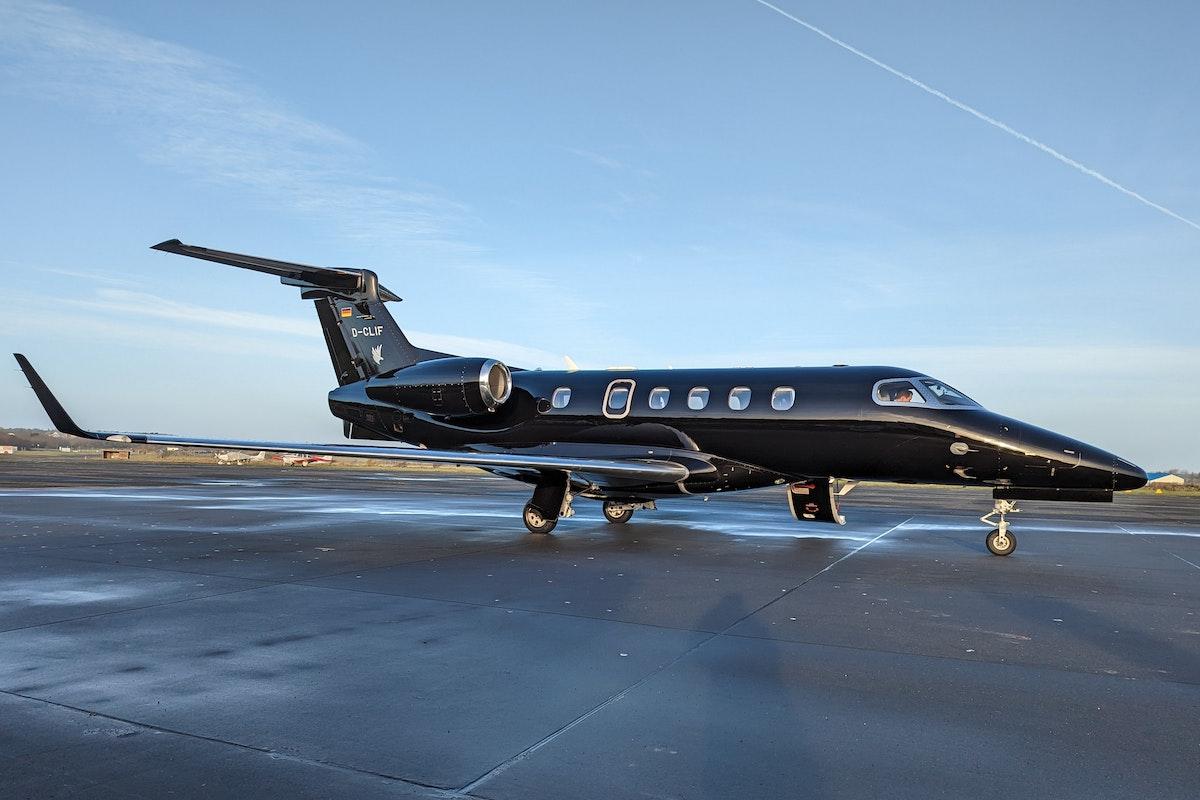
Luxury Travel Private Jet Privatejetia 29
The future of private aviation is taking a major leap forward with the integration of AI-powered wearables designed to monitor passenger well-being throughout the flight. These smart devices provide real-time insights into passengers’ physical and mental states, ensuring a comfortable and safe journey from takeoff to landing. With advancements in artificial intelligence, biometric sensors, and wearable technology, these devices are set to revolutionize private jet travel, allowing passengers to monitor their health in a seamless, non-invasive way.
How AI Wearables Work During Private Jet Flights
AI-powered wearables are designed to track a variety of health metrics during flights, using advanced sensors and machine learning algorithms to provide accurate and actionable data. Here’s how these wearables function:
Continuous biometric monitoring: The wearables track vital signs like heart rate, blood pressure, body temperature, and oxygen levels, sending this data to an onboard system for real-time analysis.
Stress level detection: Advanced AI algorithms assess the wearer’s stress levels, using heart rate variability and respiratory patterns to detect any signs of discomfort or anxiety.
Sleep and fatigue tracking: By tracking movement, heart rate, and other variables, the wearables assess whether passengers are getting quality rest, helping adjust cabin settings to improve sleep quality.
Hydration and nutrition: Some wearables also have the ability to monitor hydration levels and provide recommendations to ensure passengers stay properly hydrated throughout the flight.
The collected data is analyzed by the AI system, which then sends real-time feedback to the passengers or flight crew to ensure that any necessary interventions can be made immediately.
Ensuring Passenger Comfort with AI
Comfort is a major priority for private jet passengers, and AI-powered wearables are designed to optimize the in-flight experience in several ways:
Personalized cabin conditions: Based on the data from the wearables, the AI system adjusts the temperature, lighting, and seating configuration to align with the passenger’s preferences and physical needs.
Temperature regulation: The wearables detect body temperature fluctuations and can communicate with the jet’s climate control system to adjust the cabin temperature accordingly.
Pressure optimization: AI wearables track blood oxygen levels to determine whether the cabin pressure needs adjustment, ensuring passengers feel comfortable and avoid jet lag.
Tailored relaxation techniques: For those experiencing anxiety or discomfort, wearables can trigger relaxation techniques, such as breathing exercises or guided meditation on the passenger’s device.
These personalized adjustments help create an unmatched level of comfort, ensuring passengers arrive feeling refreshed and relaxed.
AI for Passenger Health and Safety
Beyond comfort, the AI-powered wearables also contribute to health monitoring and safety during flights:
Medical emergency detection: If a passenger’s vital signs indicate a health emergency, the system can notify the crew, triggering immediate response protocols. The wearables can also help relay medical history or emergency contacts to the flight attendants for faster assistance.
Real-time health alerts: AI-driven algorithms detect early signs of fatigue, dehydration, or cardiovascular issues, alerting passengers and crew to take preventative action before problems escalate.
Enhanced wellness: Some devices even include stress management tools, such as biofeedback or mindfulness practices, that can help reduce anxiety and enhance the overall experience.
This level of health monitoring is especially valuable for passengers who may have pre-existing conditions or those who simply want to ensure they are traveling in the safest, healthiest way possible.
Customization and Control with Wearable Technology
One of the most appealing aspects of AI-powered wearables is their ability to provide passengers with control over their in-flight experience. These devices offer:
Personal health dashboards: Passengers can access their health data and receive recommendations for maintaining or improving well-being, all from the comfort of their seat.
Direct communication with the flight crew: If a passenger needs assistance based on their health data, wearables can communicate with the crew in real time to adjust services, such as offering hydration, snacks, or even changing the cabin environment.
Custom wellness profiles: Over time, the AI system can create a customized wellness profile for each passenger, learning their preferences and adjusting future flights accordingly.
This customization provides a unique, customized experience that makes private jet travel feel even more exclusive and personalized.
The Future of AI Wearables in Private Jet Travel
Looking ahead, AI-powered wearables will continue to evolve, offering even more sophisticated features in private aviation:
Advanced predictive analytics: Future wearables will not only monitor health metrics but also predict potential health issues based on trends, offering proactive interventions.
Integration with other jet technologies: Wearables will be fully integrated with other jet systems, such as the aircraft’s navigation, security, and entertainment systems, offering a fully connected and cohesive in-flight experience.
Seamless passenger experiences: AI will enable wearables to predict passenger needs before they arise, enhancing the overall comfort and convenience of the flight.
By 2030, AI-powered wearables will be an essential part of private jet travel, ensuring that every flight is customized to the health and comfort of its passengers, while also offering the highest level of security, privacy, and personalization.



